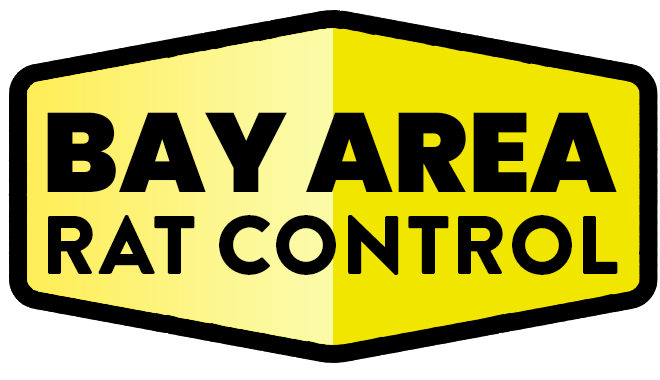Opening Thoughts
Proper waste management and storage are critical to preventing rat infestations. Rats are attracted to food waste, clutter, and poor storage practices, making effective waste handling a cornerstone of any pest prevention strategy. This guide provides actionable tips for businesses and homeowners to maintain clean and rat-proof environments.
Why Waste Management Is Crucial for Rat Prevention
1. Eliminates Food Sources
- Rats rely on easily accessible food waste to survive and thrive.
- Proper disposal and storage practices deprive them of sustenance.
2. Reduces Nesting Opportunities
- Clutter and poorly managed waste provide ideal nesting materials and shelter.
3. Enhances Overall Hygiene
- Clean surroundings deter rats and other pests, protecting health and safety.
Best Practices for Waste Management
1. Use Rat-Proof Trash Bins
- Features to Look For:
- Tight-fitting lids.
- Durable materials like metal or heavy-duty plastic.
- Placement Tips:
- Keep bins away from building entrances and windows.
- Elevate bins on racks or stands to prevent access.
2. Implement Proper Trash Disposal
- At Home:
- Take out trash daily, especially food waste.
- Use double-bagging for particularly odorous waste.
- For Businesses:
- Schedule regular trash pickups to avoid overflow.
- Separate organic waste from recyclables to streamline disposal.
3. Maintain Trash Areas
- Cleaning Routine:
- Hose down and disinfect trash bins and surrounding areas weekly.
- Remove spills or residue immediately to prevent odor buildup.
- Outdoor Considerations:
- Surround dumpsters with enclosures or fences to limit rat access.
- Keep trash areas well-lit to discourage nocturnal activity.
Best Practices for Storage
1. Store Food Properly
- Airtight Containers:
- Use sealed, rodent-proof containers for dry goods and pantry items.
- Organize Storage Areas:
- Elevate items at least 18 inches off the ground.
- Avoid storing food near walls or unsealed windows.
2. Declutter Regularly
- Homes:
- Remove unused items and organize closets, basements, and garages.
- Businesses:
- Streamline inventory to minimize clutter in storage rooms or warehouses.
3. Secure Outdoor Storage
- Common Risks:
- Firewood, construction materials, or gardening supplies stored haphazardly can attract rats.
- Solutions:
- Cover and elevate outdoor storage to reduce access.
Industry-Specific Waste Management Tips
1. Restaurants and Food Service
- Grease Management:
- Clean grease traps regularly to prevent food buildup.
- Daily Protocols:
- Clear food prep areas of waste after every shift.
- Use tightly sealed trash bins in kitchens and dining areas.
2. Retail and Warehousing
- Shipment Inspections:
- Check for signs of pest activity, such as gnaw marks or droppings, in incoming goods.
- Pallet Storage:
- Elevate pallets and wrap them securely to limit access.
3. Multi-Unit Housing
- Trash Guidelines:
- Provide tenants with clear instructions on waste disposal.
- Shared Areas:
- Ensure communal trash rooms or bins are regularly cleaned and maintained.
Common Mistakes to Avoid
- Ignoring Trash Overflow:
- Overflowing bins attract rats and create easy access points.
- Using Inadequate Storage Materials:
- Avoid thin plastic bags or flimsy containers that rats can chew through.
- Neglecting Regular Cleaning:
- Unwashed bins and trash areas become breeding grounds for pests.
When to Seek Professional Help
- Persistent Rat Activity:
- Despite proper waste management, signs of rat activity persist.
- Structural Vulnerabilities:
- Professionals can inspect for hidden entry points or nesting sites.
- Large-Scale Operations:
- Businesses managing extensive waste or storage may benefit from expert advice.
Final Thoughts
Effective waste management and storage are foundational to rat prevention. By eliminating attractants, maintaining cleanliness, and following best practices, you can protect your property from infestations and ensure a safe, hygienic environment. A proactive approach is key to long-term success.
Relevant Links/Sources:
Waste Management for Pest Control – EPA
Rat Prevention Through Waste Management – CDC
Pest Control Tips for Businesses – PestWorld
